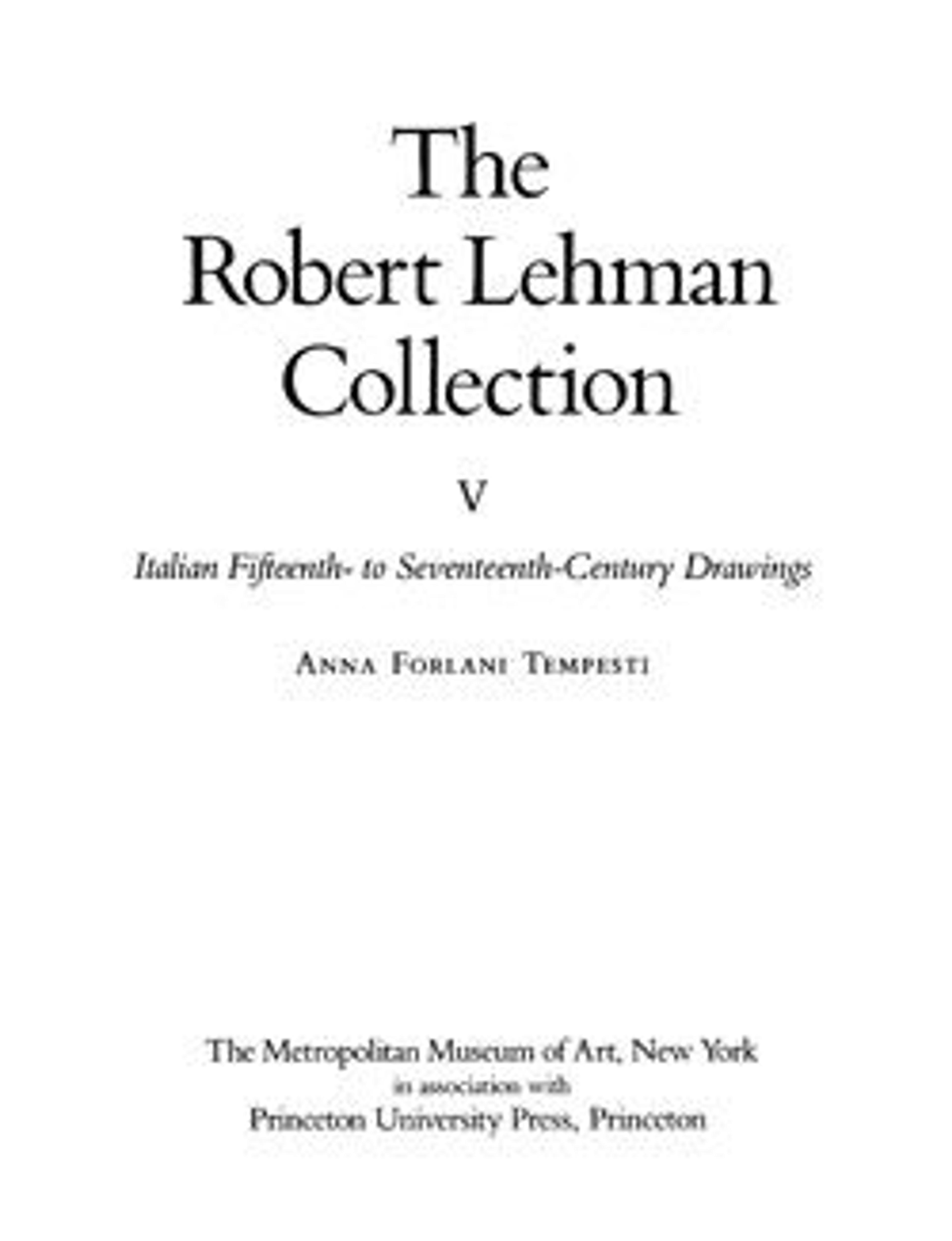Reclining Male Figure
One of the leading Venetian artists of the sixteenth century, Jacopo Tintoretto was celebrated for the monumental narrative scenes he painted in numerous churches and confraternities throughout the city. These paintings are densely populated with dynamic, twisting, and sharply foreshortened figures. As a preparatory step in the creation of these complex figural poses, Tintoretto produced numerous studies on paper. The reclining pose of this figure was probably inspired by Michelangelo’s monumental sculptures in the Medici Chapel in Florence, small-scale copies of which Tintoretto kept as models in his studio, according to his seventeenth-century biographer. With gridlines to aid in the transfer of the design to canvas, this study may have been preparatory for the similarly posed figure of Saint Peter that appears in a painting of the Agony in the Garden (Private Collection).
Artwork Details
- Title:Reclining Male Figure
- Artist:Jacopo Tintoretto (Jacopo Robusti) (Italian, Venice 1518/19–1594 Venice)
- Date:1560s
- Medium:Black chalk on blue paper; squared in black chalk.
- Dimensions:6 5/8 x 12 5/8 in. (16.9 x 32 cm)
- Classification:Drawings
- Credit Line:Robert Lehman Collection, 1975
- Object Number:1975.1.532
- Curatorial Department: The Robert Lehman Collection
More Artwork
Research Resources
The Met provides unparalleled resources for research and welcomes an international community of students and scholars. The Met's Open Access API is where creators and researchers can connect to the The Met collection. Open Access data and public domain images are available for unrestricted commercial and noncommercial use without permission or fee.
To request images under copyright and other restrictions, please use this Image Request form.
Feedback
We continue to research and examine historical and cultural context for objects in The Met collection. If you have comments or questions about this object record, please contact us using the form below. The Museum looks forward to receiving your comments.
